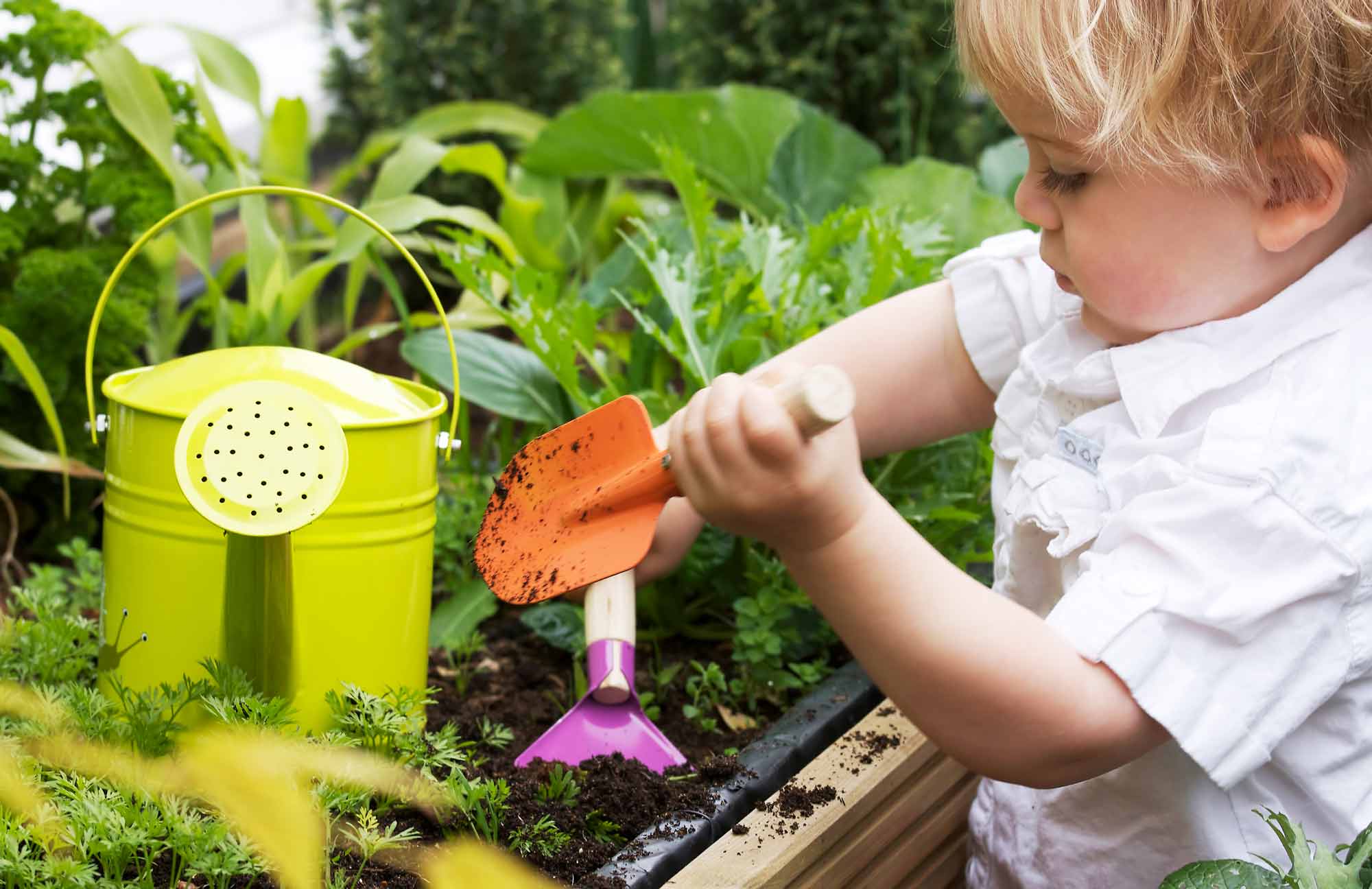Paper Airplanes
In this lesson, children will plan, create and test paper airplanes using an engineering-design inquiry process
Content Area:
Engineering
Learning Goals:
This lesson will help toddlers and preschoolers meet the following educational standards:
- Develop beginning skills in the use of science and engineering practices, such as observing, asking questions, solving problems and drawing conclusions
Learning Targets:
After this lesson, toddlers and preschoolers should be more proficient at:
- Expressing wonder and curiosity about their world by asking questions and solving problems
- Developing and using models to represent their ideas, observations and explanations through activities such as drawing or building
- Carrying out simple investigations
- Using mathematical and computational thinking
- Generating explanations and communicating ideas and/or conclusions about their investigations

Paper Airplanes
Lesson plan for toddlers/preschoolers
Step 1: Gather materials.
- Paper
- Pencils
- Masking tape
- Chart paper (optional)
Note: Small parts pose a choking hazard and are not appropriate for children age five or under. Be sure to choose lesson materials that meet safety requirements.
Step 2: Introduce activity.
- Assemble the children in a large group and introduce the idea of making airplanes. What materials in the classroom might we use?
- After this discussion, share and pass around a pre-folded paper airplane. Do not show the children how you made the airplane, as they will be using their own ideas to create original designs.
- Ask the children if they have any ideas about making a paper airplane or how far it might travel.
Step 3: Engage children in lesson activities.
- Separate the children into small groups and hand out paper and pencils, so that they can design their own ideas of what their paper airplane might look like.
- After the drawings are completed, invite the children to share their designs and tell the group how they will create their airplanes.
- Next, give the children paper so that they can create paper airplanes based on their design plans.
- After the children have made their airplanes, invite them to predict how far their own airplane, and their classmates’ planes, will travel. As an option, consider documenting these ideas and flying lengths in a chart.
- Have children test their designs. Put a piece of masking tape on the floor to mark where the children will launch their airplanes. Ask the children to “fly” their airplanes to see how far they will travel. Use another piece of masking tape to show how far each airplane travels.
- After all of the airplanes have flown, invite the children to share their reflections on the activity. What airplanes flew the farthest? What design elements made the planes fly better? What would you do differently if you made another airplane?
Step 4: Vocabulary.
- Design: To create a plan for something that will be built
- Predict: To guess what might happen
- Plan: To decide how to carry out an experiment or conduct an engineering project
- Test: To try out an idea to see if it works or not
Step 5: Adapt lesson for toddlers or preschoolers.
Adapt Lesson for Toddlers
Toddlers may:
- Not yet have developed the fine-motor skills they need to accurately fold airplanes
- Not yet engage in lengthy discussions
- Be interested in trying to fly paper airplanes and describing these actions using simple sentences
Child care providers may:
- Have pre-folded airplanes ready for the children to try out and omit the drawing and planning part of the activity
- Explore how these paper airplanes fly through extended, open-ended play over the course of several days
- Use self-talk and parallel talk to describe the process of throwing and flying a paper airplane
Adapt Lesson for Preschoolers
Preschoolers may:
- Be interested in exploring paper airplanes independently during an open-ended choice time
- Use precise language to compare and contrast airplane designs
- Use measurement tools to find out how far their airplanes flew
Child care providers may:
- Offer materials to make paper airplanes throughout the day
- Guide children in collecting data about the distance that the airplanes flew
- Guide children in displaying and analyzing this data
- Offer measurement tools for children to use to examine how far the airplanes flew
Suggested Books
- Planes Fly! by George Ella Lyon
- The Boy and the Airplane by Mark Pett
- Rosie Revere, Engineer by Andrea Beaty
Music and Movement
- Create a paper airplane obstacle course and ask the children to fly their airplanes to different parts of the classroom or gross-motor space—going through, above or below obstacles
- Sing “The Airplane Song” by The Laurie Berkner Band
Outdoor Connections
- Fly the paper airplanes outside on a windy day and discuss how the wind changes the planes’ flight paths.
- Go on a “What Flies?” neighborhood walk to look for things that fly.
Web Resources
- Paper Airplane Designs (For your own understanding! Let the children come up with their own original designs.)
Comment on this lesson